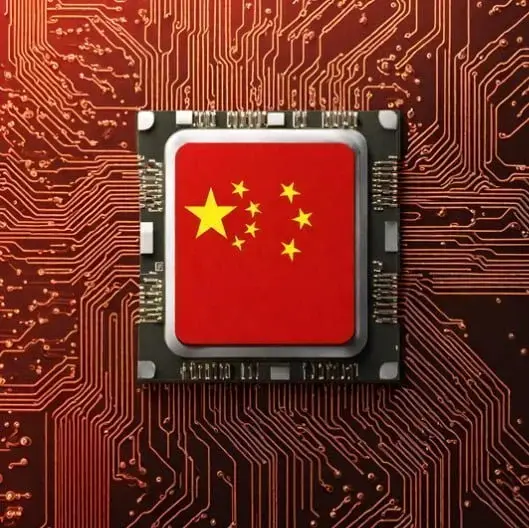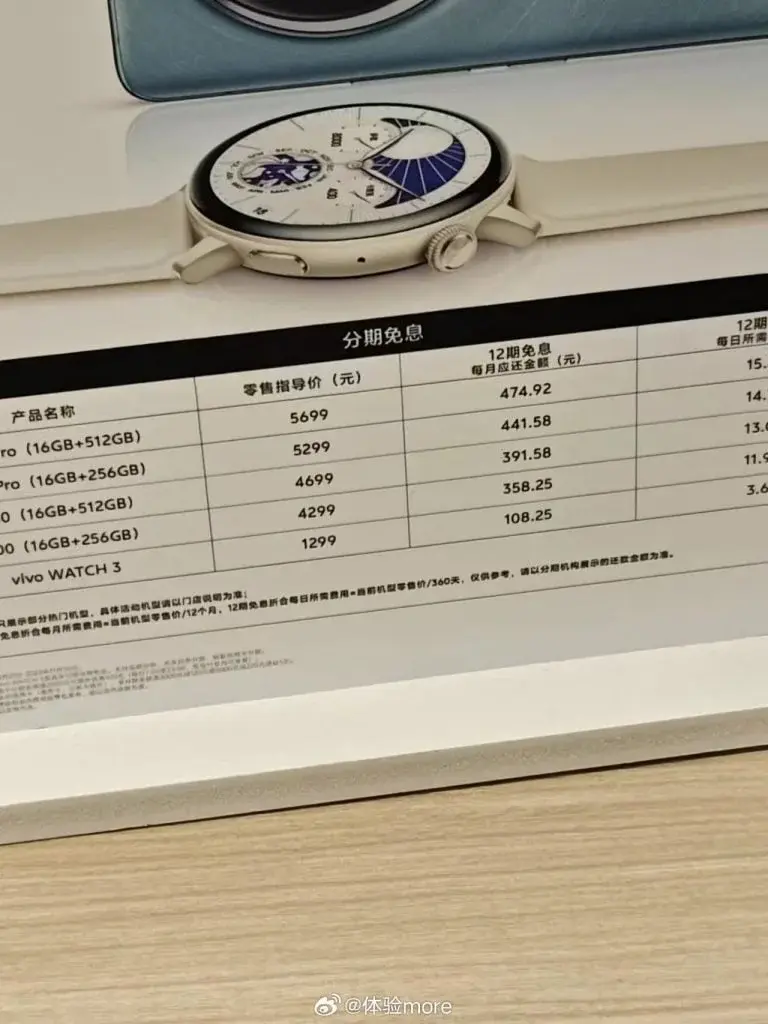iQOO 12 Series to Launch Globally with Impressive Specs
iQOO, the popular Chinese smartphone brand, has recently unveiled its flagship series, the iQOO 12 series, in China. This highly anticipated lineup consists of two models: the iQOO 12 and the iQOO 12 Pro. While fans eagerly await the iQOO 12 5G’s launch in India on December 12, 2023, there are also indications that the iQOO 12 is set to make its mark on the global stage.
Global Launch on the Horizon
The iQOO 12 is expected to be launched globally, with recent indications coming from Indonesia’s SDPPI certification website, which revealed the model number I220. Although specific details from the certification are currently limited, the device’s specifications were already unveiled during its earlier launch in China.
iQOO 12 Specifications
The Chinese variant of the iQOO 12 boasts impressive specifications. It features a large 6.78-inch Flat AMOLED display with a resolution of 1260 x 2800 pixels and a buttery-smooth refresh rate of 144Hz. Under the hood, it is powered by the Qualcomm Snapdragon 8 Gen 3 chipset, along with iQOO’s self-developed e-sports chip Q1, complemented by the Adreno 750 GPU. The device runs on the Android 14-based OriginOS 4 custom user interface.
Storage Configurations
The iQOO 12 offers various storage configurations to suit different user needs. It comes with options for 12GB of RAM paired with 256GB of storage, 16GB of RAM with 512GB of storage, and a massive 16GB of RAM with 1TB of storage. Users can choose the variant that best fits their requirements.
Impressive Camera Setup
In terms of imaging capabilities, the iQOO 12 is equipped with a powerful triple rear camera setup. It features a 50MP main camera, a 64MP periscope telephoto camera, and a 50MP ultrawide camera, allowing users to capture stunning photos and videos from various perspectives. For selfie enthusiasts, it also sports a 16MP front camera, ensuring high-quality self-portraits.
Long-Lasting Battery and Connectivity Options
The iQOO 12 is packed with a 5,000mAh battery, providing ample power to keep you going throughout the day. Additionally, it supports fast charging up to 120W, allowing for quick and convenient recharging. On the connectivity front, the device offers 5G support, ensuring fast and reliable network connectivity. It also includes Wi-Fi compatibility spanning 802.11 a/b/g/n/ac/6/7 with triple band support and Wi-Fi Direct, Bluetooth 5.4, and NFC, providing users with a wide range of connectivity options.
With its impressive specifications and features, the iQOO 12 series is set to make a splash in the global smartphone market. While fans in China and India eagerly await its arrival, the iQOO 12 is sure to attract attention from smartphone enthusiasts worldwide. As more details about the global launch emerge, users can look forward to experiencing the power and innovation of the iQOO 12 firsthand.





